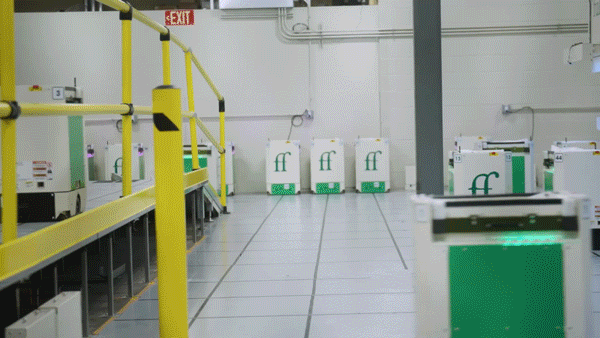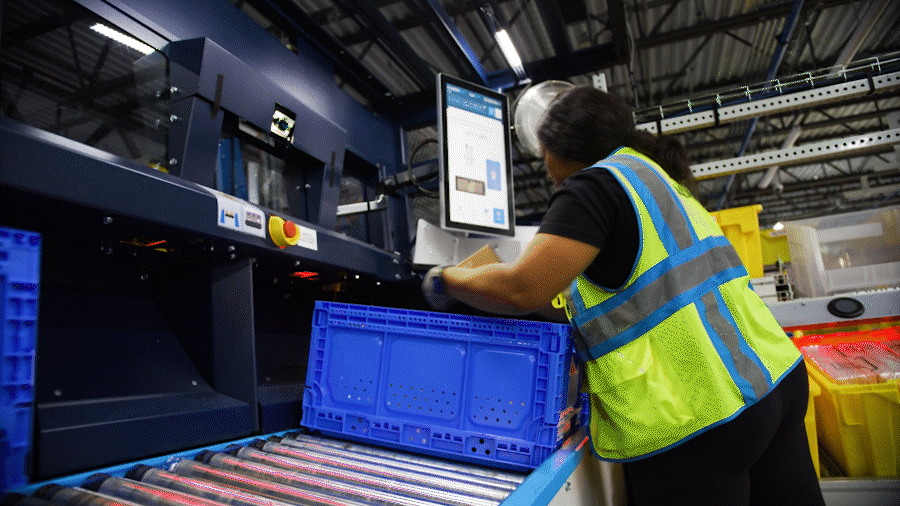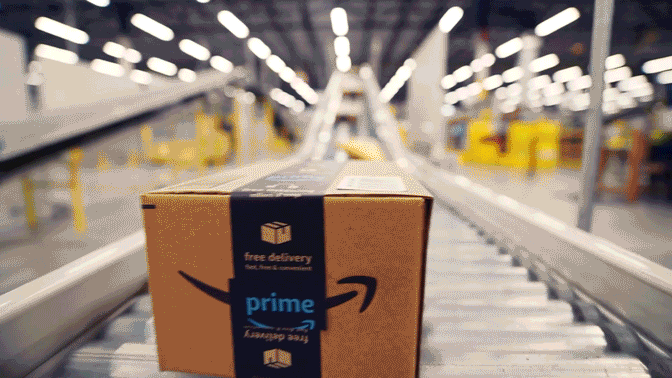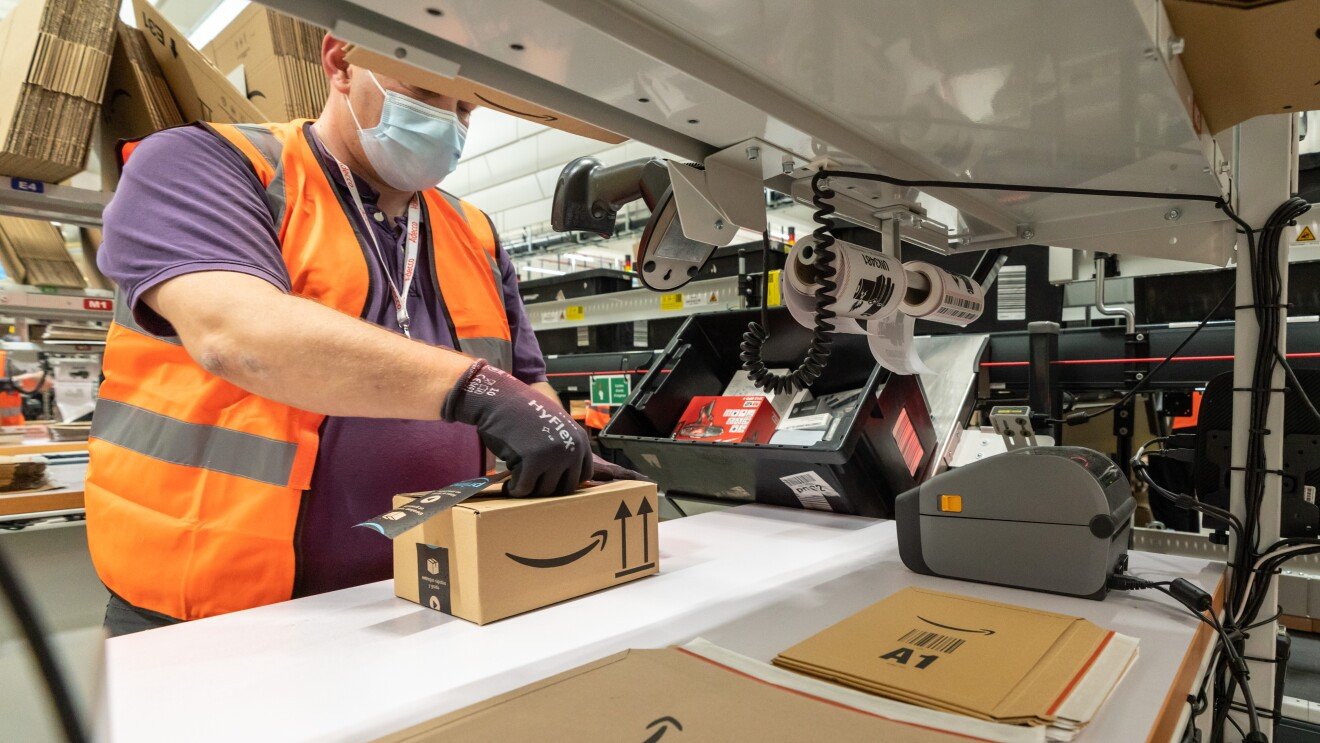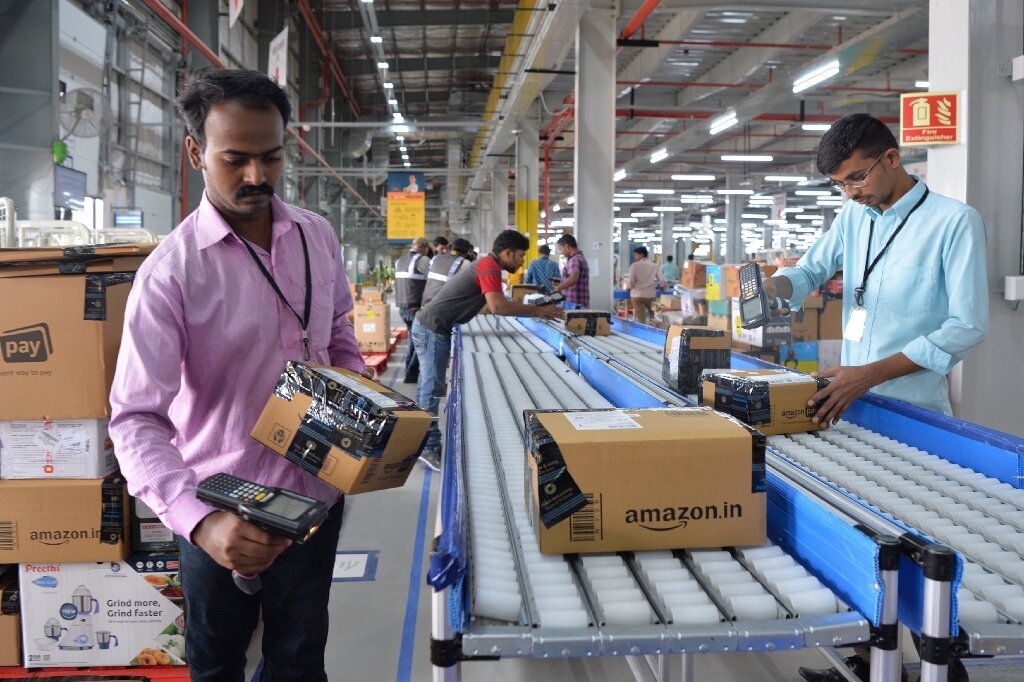Building Safer and More Inclusive Workplace Through Automation and Robotics
Prioritizing Workplace Safety: The True Purpose of Automation and Robotics
In recent years, automation and robotics have become synonymous with productivity gains and operational efficiencies. However, for forward-thinking organizations, these technologies represent something far more profound: the opportunity to prioritize and enhance workplace safety.
A Shift in Perspective: From Productivity to Protection
For decades, automation has been associated with cost reduction, often by improving output and reducing reliance on human labor for repetitive tasks. While these benefits are important, they can overshadow a critical advantage: the ability to protect employees from dangerous environments, reduce workplace injuries, and promote well-being.
Executives need to lead with this perspective—viewing automation not merely as a tool for output but as a mechanism for safeguarding their workforce. Employees should feel assured that automation is implemented to support their safety and create healthier work environments, not to replace them.
Key Safety Benefits of Automation
Eliminating Dangerous Tasks: Robotics and automation can take over high-risk jobs, such as handling hazardous materials, operating heavy machinery, or working in extreme conditions. This transition significantly reduces the chances of workplace accidents.
Reducing Physical Strain: Automation can minimize repetitive strain injuries by performing physically demanding or repetitive tasks, allowing employees to focus on roles that require creativity, problem-solving, and oversight.
Creating Inclusive Work Environments: Automation reduces the physical demands of many roles, opening opportunities for a more diverse workforce, including women, mothers, and individuals who may not have been able to work in traditional logistics settings 20 years ago. In the past, logistics workplaces were often exclusionary, favoring men of large stature who could handle the physically grueling tasks of moving heavy materials or performing repetitive manual labor. This dynamic excluded a significant portion of the population, limiting diversity and equity. By removing these physical barriers, automation enables a workplace that is more inclusive and representative. This inclusivity benefits families as well, allowing mothers and fathers to work together and providing opportunities for a second income. For example, companies like Amazon have shown how automation can create roles that accommodate diverse employee needs, fostering a more balanced and supportive workplace.
Improved Monitoring and Response: With advanced sensors and AI, robotics systems can detect unsafe conditions and immediately alert personnel, ensuring quick responses to potential hazards.
Safety by Design: Automated systems are designed to follow strict safety protocols, reducing human errors that often lead to accidents.
Building a Safety-First Automation Culture
For automation to succeed in enhancing workplace safety, organizations must foster a culture that aligns with this goal. Here’s how:
Transparent Communication: Clearly communicate to employees that automation is being introduced to protect them, not replace them. Engage in open discussions to address concerns and involve employees in the transition process.
Training and Upskilling: Provide opportunities for employees to learn how to work alongside automated systems. Upskilling programs ensure employees feel valued and equipped to contribute in new capacities.
Safety Metrics as KPIs: Measure the success of automation initiatives through safety metrics, such as reductions in workplace injuries or exposure to hazardous conditions, rather than purely productivity or cost savings.
Collaborative Design: Involve employees and safety experts in the planning and implementation of automated systems. Their insights can help identify potential risks and ensure solutions are user-friendly and aligned with safety goals.
The Role of Leadership
Executives play a pivotal role in setting the tone for automation projects. When leadership emphasizes safety as the primary driver, it not only builds trust among employees but also positions the company as a responsible and ethical organization. This approach can lead to long-term benefits, including improved morale, retention, and public reputation.
A Safer, More Inclusive Future with Automation
Automation and robotics should not be viewed through the narrow lens of efficiency and cost savings. Instead, they should be embraced as powerful tools for creating safer workplaces and enhancing employee well-being. Beyond safety, these technologies can foster a more inclusive workforce by breaking down physical barriers that once limited diversity in industries like logistics. By prioritizing safety and inclusivity, companies can unlock the true potential of these technologies while fostering a collaborative and supportive work environment. In doing so, automation not only protects employees but also strengthens families by enabling parents to pursue careers together in environments that support their unique needs.
Let’s redefine the narrative around automation—from one of replacement and disruption to one of protection, inclusion, and progress.









